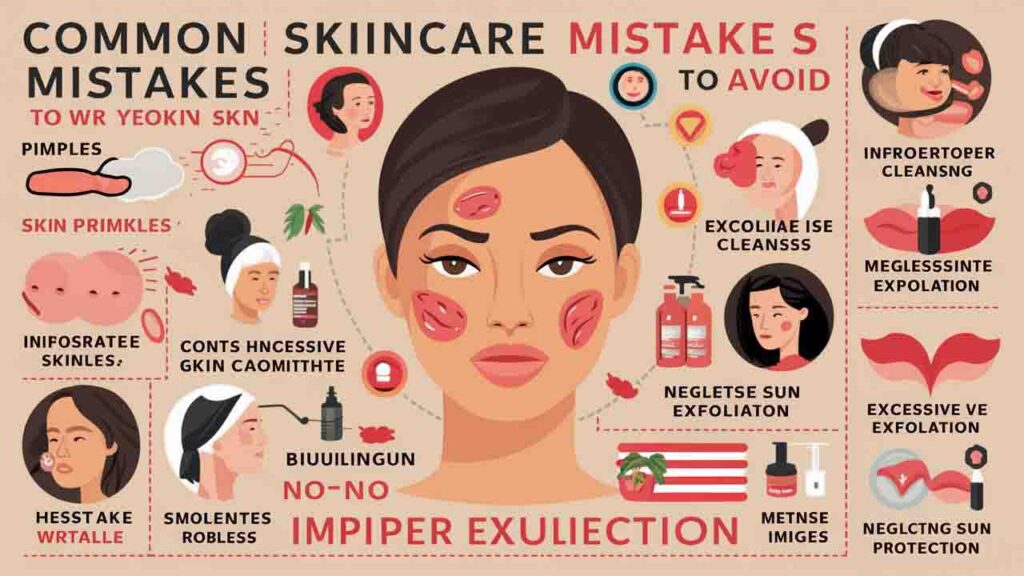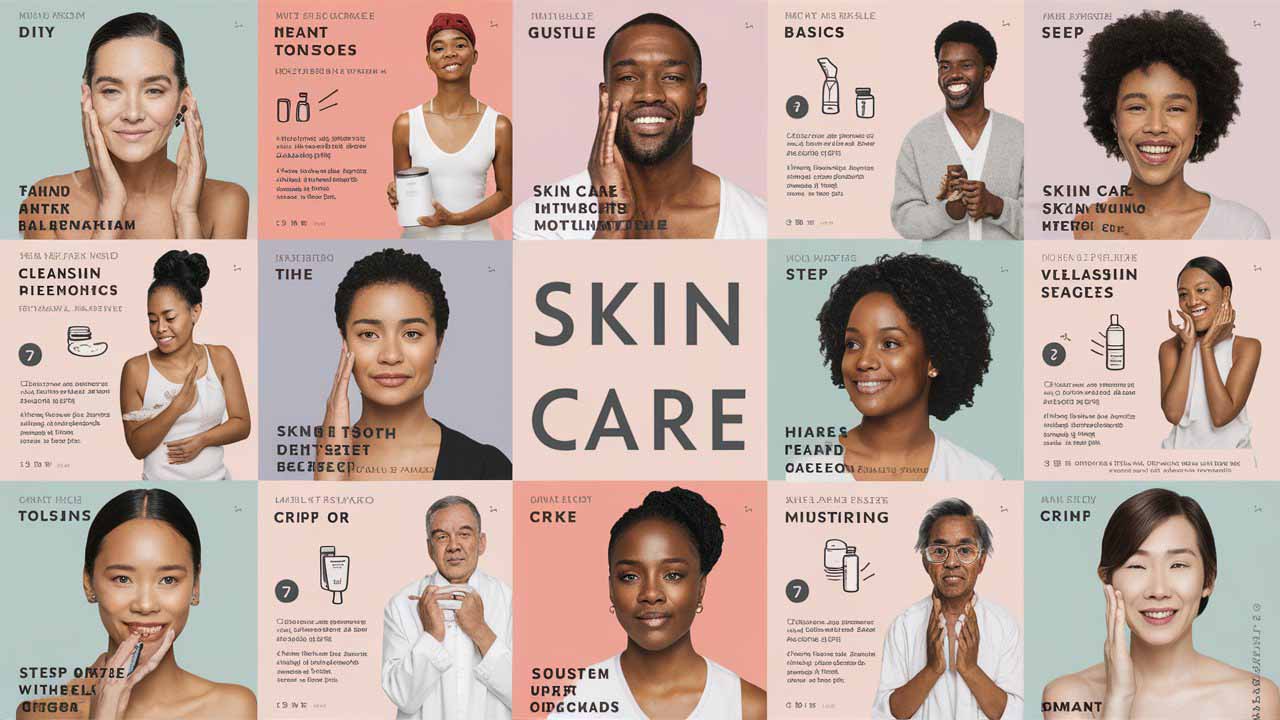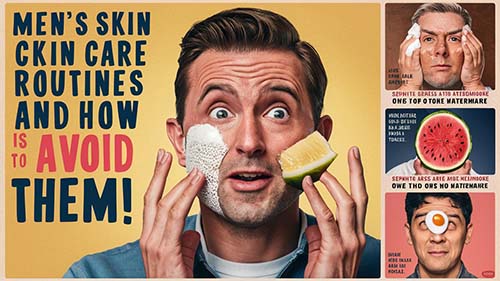Understanding the Correct Order of Skin Care Products for Maximum Effectiveness
In the vast and sometimes overwhelming world of skincare, knowing the right products to use is undoubtedly crucial, but understanding the correct order in which to apply them is what truly unlocks their full potential. Layering your skincare products correctly ensures that each one can penetrate your skin effectively, maximizing its benefits and giving you that coveted healthy, glowing complexion. This comprehensive guide will help you navigate the ideal sequence to follow, explaining why each step is essential for achieving optimal skin health.
The Importance of Proper Skincare Order
Your skincare routine is like a puzzle—each piece fits together in a specific way to reveal the full picture of skin health. Applying products in the wrong order can reduce their effectiveness or even cause irritation. The general rule of thumb is to start with the lightest products and end with the heaviest. This method allows each product to be fully absorbed without being blocked by the thicker products applied afterward.
Morning Skincare Routine: Prepare and Protect
Your morning skincare routine is all about preparing your skin for the day ahead and protecting it from environmental aggressors like UV rays and pollution.
Step 1: Cleanser
Start your day by cleansing your face to remove any sweat, oil, and impurities that accumulated overnight. Cleansing in the morning helps to create a clean canvas for the rest of your skincare products. Choose a gentle cleanser that suits your skin type—whether it’s a foaming, gel-based cleanser for oily skin, or a creamy one for dry skin.
Step 2: Toner
After cleansing, apply a toner to help balance your skin’s pH and prepare it for the next steps. Toners can also provide a boost of hydration and remove any residual impurities left after cleansing. Depending on your skin type, you can choose a hydrating toner with ingredients like hyaluronic acid or an exfoliating toner with salicylic acid for oily or acne-prone skin.
Step 3: Antioxidant Serum
Next, apply an antioxidant serum, such as one containing Vitamin C, to protect your skin from free radicals. Free radicals are unstable molecules generated by sun exposure and pollution that can damage your skin cells and accelerate aging. Vitamin C not only protects your skin but also helps brighten your complexion and reduce fine lines over time.
Step 4: Eye Cream
The skin around your eyes is thinner and more sensitive than the rest of your face, making it more prone to dryness and early signs of aging. Apply a lightweight eye cream in the morning to hydrate this delicate area and reduce puffiness. Look for ingredients like caffeine, which can help constrict blood vessels and reduce under-eye bags.
Step 5: Moisturizer
Moisturizing is a critical step in maintaining your skin’s hydration levels. Even if you have oily skin, a good moisturizer helps to balance your skin’s moisture levels and prevent overproduction of oil. Choose a lightweight, oil-free moisturizer for the day to keep your skin hydrated without clogging pores.
Step 6: Sunscreen
The final step in your morning routine should always be sunscreen. Sunscreen is your best defense against premature aging and skin cancer. Apply a broad-spectrum sunscreen with at least SPF 30 every day, even if it’s cloudy or you’re indoors most of the day. Sunscreen should be applied last because it forms a protective barrier over your skin.
Related DIY Health Assessment Learning Module: Skin Care Basics
Evening Skincare Routine: Repair and Rejuvenate
Your evening skincare routine focuses on repairing the damage done during the day and preparing your skin for the restorative process that occurs while you sleep.
Step 1: Cleanser
Just like in the morning, your evening routine should start with cleansing. However, in the evening, the goal is to remove all the makeup, sunscreen, and grime that have accumulated on your skin throughout the day. Consider using a double-cleansing method: start with an oil-based cleanser to dissolve makeup, followed by a water-based cleanser to clean your skin.
Step 2: Toner
Apply a toner after cleansing to balance your skin’s pH and remove any remaining traces of dirt or makeup. If you’re using active treatments at night, such as retinoids or exfoliating acids, a toner can help prepare your skin for these potent products.
Step 3: Exfoliation (Optional)
Exfoliation is an optional step that should be done a few times a week rather than daily. Exfoliating removes dead skin cells, unclogs pores, and allows your skin to absorb the following products more effectively. You can use a physical exfoliant (like a scrub) or a chemical exfoliant (like glycolic acid). Be careful not to over-exfoliate, as this can lead to irritation.
Step 4: Treatment Serums
Nighttime is the best time to apply targeted treatments, such as serums containing retinol, peptides, or other active ingredients. Retinol, in particular, is known for its ability to boost cell turnover and improve skin texture. Because retinol can make your skin more sensitive to sunlight, it’s best used in your evening routine.
Step 5: Moisturizer or Night Cream
After your treatment serums, apply a rich moisturizer or night cream to hydrate your skin and support its natural repair processes. Night creams are often thicker and more hydrating than daytime moisturizers, making them ideal for overnight use.
Step 6: Eye Cream
Apply an eye cream at night to keep the delicate skin around your eyes hydrated and reduce the appearance of fine lines and wrinkles. Choose a formula with ingredients like retinol or peptides to support collagen production and reduce the signs of aging.
Common Skincare Mistakes to Avoid

Even with the best intentions, it’s easy to make mistakes in your skincare routine that can hinder your progress. Here are some common pitfalls to watch out for:
Overusing Products: More isn’t always better. Overusing products, especially those with active ingredients like acids or retinoids, can lead to irritation and compromise your skin’s barrier.
Skipping Sunscreen: Sunscreen is essential for protecting your skin from UV damage. Skipping this step can negate all the benefits of your other skincare products.
Mixing Incompatible Products: Some skincare ingredients don’t work well together and can cause irritation when combined. For example, using retinol and vitamin C at the same time can be too harsh for your skin.
Customizing Your Skincare Routine
Your skincare routine should be tailored to your specific skin type and concerns. Here’s how to adjust your routine based on your skin type:
Oily Skin: Focus on lightweight, non-comedogenic products that control excess oil and prevent breakouts.
Dry Skin: Prioritize hydration with rich, emollient products that nourish and protect your skin barrier.
Combination Skin: Use a mix of products designed to address both oily and dry areas, such as a balancing cleanser and a hydrating serum.
Sensitive Skin: Stick to gentle, fragrance-free products that soothe and protect your skin without causing irritation.
Normal Skin: Maintain your skin’s health with a balanced routine that includes cleansing, moisturizing, and sun protection.
Seasonal Adjustments
Your skin’s needs can change with the seasons. In the winter, you may need to switch to a richer moisturizer to combat dry air, while in the summer, a lighter, oil-free formula may be more appropriate. Pay attention to how your skin responds to seasonal changes and adjust your routine accordingly.
Conclusion: Consistency is Key
Understanding the correct order of skincare products and applying them consistently is crucial for achieving and maintaining healthy, glowing skin. Each step in your routine plays a specific role, and when done correctly, they work together to give you the best results. Remember, skincare is a long-term commitment, and patience is essential. Stick to your routine, adjust as needed, and your skin will thank you for it.
FAQ Section
Q: What is the correct order to apply skincare products?
A: Start with the lightest products, like cleansers and toners, and finish with heavier ones, like moisturizers and sunscreens. The general order is: cleanser, toner, serum, eye cream, moisturizer, sunscreen (in the morning), or night cream (in the evening).
Q: Why is the order of skincare products important?
A: The order ensures that each product is absorbed properly and can work effectively. Incorrect layering can block products from penetrating the skin, reducing their effectiveness.
Q: Can I skip toner in my skincare routine?
A: Toner is optional, but it helps balance your skin’s pH and prepare it for the next steps.A: Toner is optional, but it helps balance your skin’s pH and prepare it for the next steps. If your skin feels balanced without it, you can skip it, but many find it beneficial for enhancing hydration and product absorption.
Q: How often should I exfoliate my skin?
A: Exfoliate 1-3 times a week depending on your skin type and the strength of the exfoliant. Over-exfoliation can irritate the skin and weaken the skin barrier, so it’s essential to find the right balance.
Q: Is it necessary to use both a serum and a moisturizer?
A: Yes, using both is recommended because they serve different purposes. Serums target specific concerns with concentrated ingredients, while moisturizers hydrate and protect the skin’s barrier. Together, they ensure your skin is both treated and protected.
This article provides a comprehensive guide to understanding the correct order of skincare products and customizing your routine to suit your specific needs. By following these steps and being consistent, you can achieve healthier, more radiant skin.











